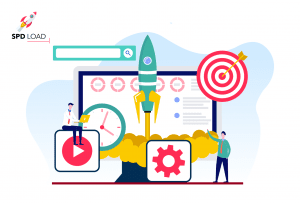How SaaS is Transforming Web Development
- Updated: Nov 08, 2024
- 9 min
Technology has shaken up web design and development over the past few years. From responsive design to mobile-first strategies, the way we build for the web keeps evolving.
One of the biggest game-changers? The rise of SaaS (Software-as-a-Service) platforms.
With SaaS, users subscribe to web services and pay as they go instead of purchasing software outright. Top examples include Squarespace, Wix, and Shopify.
These drag-and-drop solutions enable anyone to craft professional websites and online stores — no coding required.
The growing adoption of these platforms has radically transformed web design and development.
If you’re deciding between software models, this comparison of the ASP model vs SaaS model can help you choose.
Here are 10 major ways SaaS is changing the game:
Unlock your startup potential now — start transforming your vision into a scalable solution with our expert developers today!
1. Increasing Accessibility to Quality Web Design
SaaS web builders are making good design more accessible to small and medium businesses that may not be able to afford their own teams.
The appeal of many web builder services like PageCloud is that anyone can use them, regardless of their skill level. Even if you know next to nothing about web development, programming, color theory or basic design principles, you can still create an effective website. All the parts are there and designed to be slotted together into sites that work.
Because these services also handle coding, they can smooth out some of the most difficult challenges that smaller businesses face when designing a website. A web builder service can easily generate a site that is made for mobile, has responsive page design or is set up with a basic e-commerce framework for your business to use.
With one of these web design tools, it’s possible to put together a functional and aesthetically pleasing site within minutes by effectively outsourcing some of the most difficult aspects of web design.
Outsourcing software? Check out the best countries to outsource software development for top choices.
Soon, new SaaS web builders may cut down that time even further. Leia, an AI-based web builder service, uses a series of user-provided keywords and a description of a brand’s voice to automatically generate a website — without needing any extra design input from the client.
These AI-powered tools could make it even easier for small and medium businesses without a dedicated web designer to build aesthetically appealing and functional websites. They further raise the bar on internet design quality and make impactful web design more accessible to smaller companies.
Great SaaS design isn’t just about looks — it’s about solving problems. Learn how to design SaaS software that customers love. 
2. Empowering Web Designers and Streamlining Design
These services are also good news for experienced web designers.
Many basic SaaS web builder platforms — like Wix and Shopify — are primarily targeted toward those with no design or coding experience at all. Other services — like Webydo, Webflow and Adobe Dreamweaver — are made for designers who don’t have significant coding experience or don’t want to spend their time doing it. These platforms are intended to help create a prototype web design without needing to partner with a web developer.
They also speed up the traditional web design workflow, which is fairly tedious and repetitive.
If you’ve worked in web design for a while, this workflow will look familiar. First, the page was mocked up in another program, where it wasn’t yet usable. Then, it needed to be manually converted into handwritten code and tested. If a client wanted an element of the page design changed, this process would start over. A designer would make updates, and any new or altered features would need to be committed to the code.
This process could often be a significant time-sink for any web design project — especially ones that implemented cutting-edge elements or complex code.
Web builders streamline this process. With these tools, code blocks can be automatically generated as a designer creates a site. Designs can be translated into code with the push of a button, allowing people to iterate and move from prototype to usability testing much quicker. As a result, it can also be easier to A/B test multiple functional prototypes, without wasting time translating a design that may end up unused into a functional prototype.
In this way, these SaaS tools provide a lot more freedom for designers to be more experimental in every step of the process. If a design has already been translated to code but ends up not being workable, then a significant time investment is not wasted. 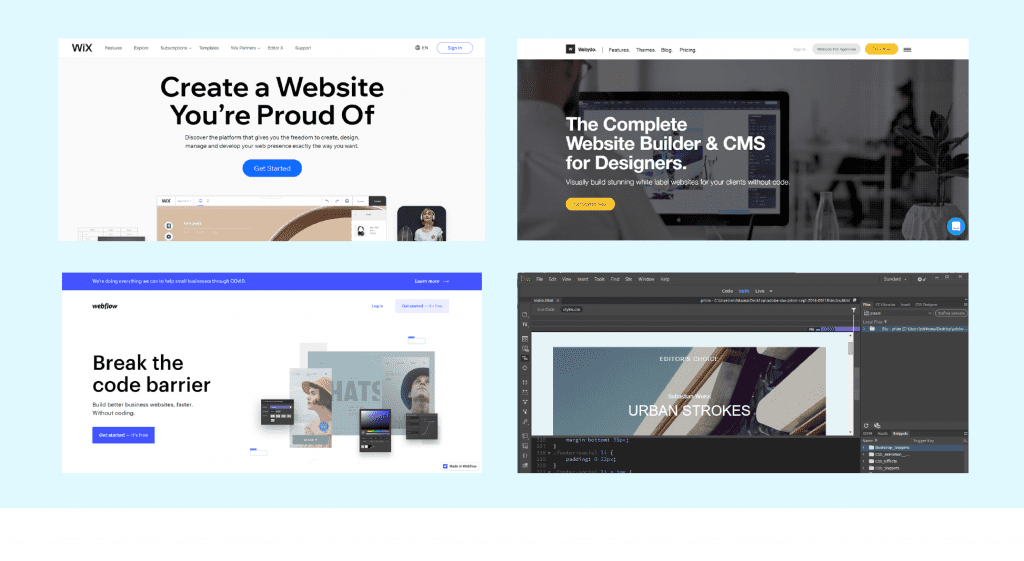
Need help building a robust website? Learn how to outsource web development efficiently.
3. Making Advanced Features Easier to Implement
Another knock-on effect of the greater adoption of SaaS is that these tools make it easier to implement advanced web design features.
Because designers avoid having to sweat the small stuff, even some of the most advanced features can be implemented without coding experience. These tools, as a result, allow for more innovative websites. They also let designers experiment with creating for elements that typically require robust back-end programming — like e-commerce and content management systems — even if they don’t have a web developer partner or significant coding experience.
Some of these tools even automatically manage the implementation of advanced features, allowing web designers to focus more on design than on code. Tools like Webydo can automatically manage parallax scrolling, handle settings for embedded videos and even optimize some aspects of SEO. 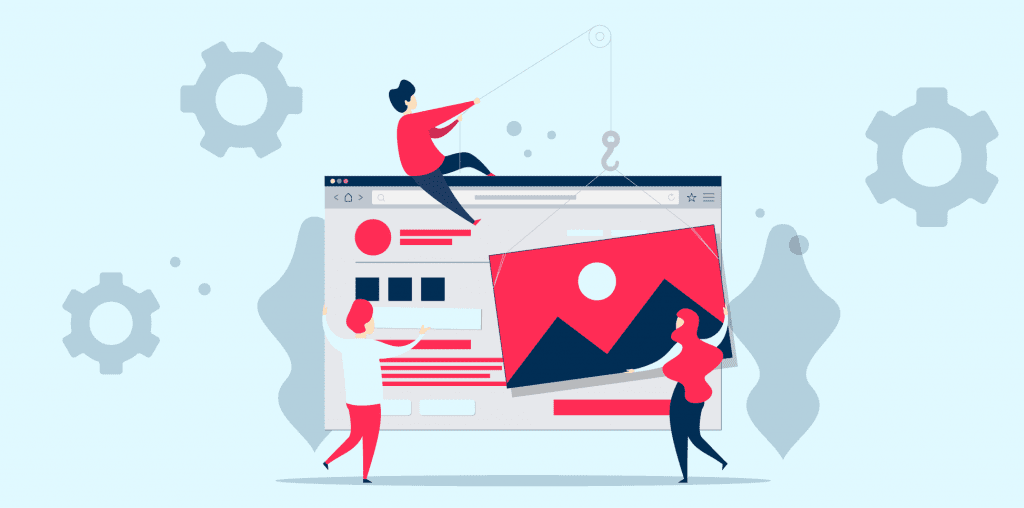
4. Improving Availability of Widgets, Add-Ons and Plugins
While SaaS is streamlining the web design process and enabling companies and designers to create sites on their own, it’s not putting developers out of work.
Instead, developers are seeing similar benefits as designers — they don’t need to stick around for foundation-laying work. They have more opportunities to experiment with innovative new development techniques — which can result in websites with an array of new features.
Dedicated web developers have also been freed up to design custom widgets and add-ons for businesses that need advanced functionality. This includes things like a pop-up customer service chat window, an animated header or a widget that creates a burst of emojis when a user adds an item to their cart.
SaaS web builder platforms are actively seeking developers and freelancers to help expand compatibility with APIs, platform functionality, and their library of add-ons and plugins.
Explore our SaaS services today
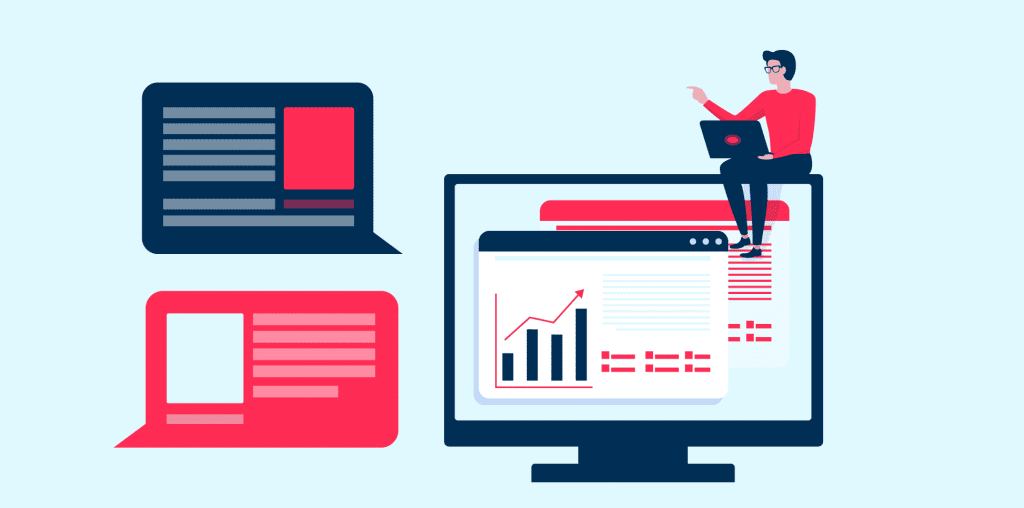
5. Keeping Web Software up to Date
Deprecated or outdated software can be a significant issue in web design. If an API or plugin is no longer being updated, then it may slow down a website or even introduce serious security vulnerabilities. Security is a key factor in SaaS business, as it can lead to loss of business. We advise you to perform a website security audit for your product website.
Because SaaS management platforms are delivered over the internet and on a subscription basis, you’re almost certainly running the current version of an SaaS product. You’re also likely to have direct access to a support team and platform community that can help you troubleshoot any issues or implement new technology.
Updated platforms also have a better chance of remaining compatible with other web systems, APIs and plug-ins. This means that your site is less likely to break over time as some site elements get updated and others don’t.
With traditional software, there’s no guarantee the version you’re using is up to date. It’s also possible that the company that developed the software no longer exists, meaning you won’t be receiving security patches and can’t get official support if you need it. 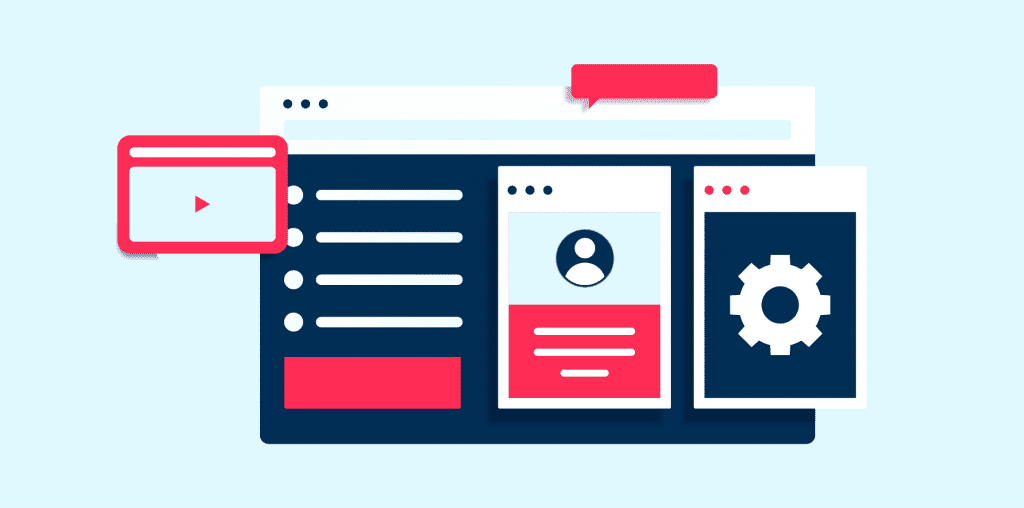
6. Enabling Analytics-Informed Design
SaaS web design companies collect massive amounts of user and site data, which is used to inform the design of things like templates. By default, a company that uses a SaaS web builder platform is taking advantage of huge amounts of analytics information.
Many of these platforms also have native analytics platforms that companies can use to optimize their web design. They’re often designed to be easy to integrate and use, even if you don’t have much experience with design or analytics. Typically, these platforms are also made to integrate with third-party platforms, like Google Analytics.
As a result, businesses without experience analyzing visitor and web page data can still take advantage of insights derived from analytics. They can then use that information in how they approach site design.
7. Streamlining Content Management
A massive chunk of the internet is built on WordPress’s web platform, including the websites of big-name brands like Disney, TechCrunch, the New Yorker, Quartz and more. These companies could easily develop their own platforms in-house, but they choose to work with WordPress instead. The primary reason for this is WordPress’s robust CMS.
Considering custom WordPress website development? We explain the benefits and what it takes to get started.
With a powerful CMS, content managers don’t need to conference with web designers or teams when they want to push new information to one of the company’s websites. Instead, they can update things directly — saving time and freeing up creatives for more important work.
By default, WordPress’s CMS allows companies to host multiple media types and run a network of domains and subdomains. WordPress’s configurable user roles allow companies to assign admins that manage individual sites as well as super admins, who have control over user permissions on the entire network. Content managers can also receive support from both the WordPress community and WordPress’s parent company, Automattic.
Other SaaS CMSes — like those offered by Drupal and Squarespace — aren’t as widely used but offer similar features that help streamline the content management process. 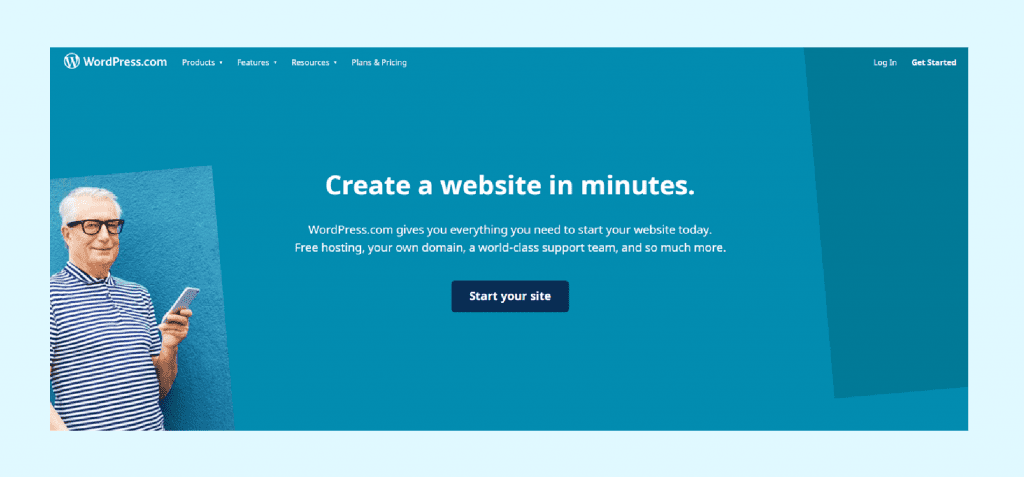
Want to build a SaaS product? This guide explains how to start a SaaS business step by step.
8. Making It Easier for Web Designers to Freelance
These platforms can also make it easier for web designers to freelance. Cutting back on the amount of tedious or repetitive work can help freelancers move more quickly from project to project.
Some platforms even include special features designed to make freelancing easier. Webydo, for example, has billing features that help freelancers track hours spent developing a website. The platform also offers a white labeling feature that allows designers to swap out Webydo’s branding for their own.
These features encourage freelancers to work with web builder tools. They help make the web design market more robust by giving people more opportunities to get their brand out there.
Looking for inspiration? Here are the best SaaS startup ideas making waves in the market.
Supercharge Your Team with Top IT Talent.
9. Making User Experience (UX) Even More Important
Easily automated tasks are already becoming less central to web design — a trend that will probably accelerate as AI expands the number of things that can be automated. Soon, web designers will likely focus more on the elements that require a human touch and are the hardest to systematize — like an effectively designed UI or an easy-to-navigate digital storefront.
Usability testing and input from experienced web designers are already becoming even more important. Elements that builders can’t automate — like audience research, usability testing, emotional design and persuasive content creation — are likely to become more key in the near future. While web builders can, for example, streamline building a cloud-based app, they can’t make important UX considerations for you.
This article on the cloud migration discovery phase outlines the key steps for a successful migration.
Experiences that SaaS web builders can’t create will become even more desirable. Before advanced features like responsive design and animated backgrounds become supported by drag-and-drop website builders, they’re pioneered by custom designers. As aesthetically appealing websites become more common, innovation and user experience stand out more.
Need help building your SaaS product? Learn how to outsource SaaS development the right way.
10. Speeding up AI Adoption and Artificial Design Intelligence (ADI)
Demand for quicker automation and more intelligent solutions has led companies to invest more heavily in AI tech that further streamlines the web building process and augments existing tools.
For example, artificial design intelligence (ADI) — tools that use AI to make web design decisions — is already beginning to change the web design process. Over the past few years, we’ve seen growing use of AI in web builders. For example, Wix — one of the earliest adopters of AI in web design — uses ADI to augment its tool. As SaaS builders like Wix look to AI to improve their devices, they are expanding the use of AI in web design.
The technology isn’t commonly used just yet but is being increasingly adopted to improve aspects that site builders may struggle with.
In fact, AI’s impact is growing rapidly, and these AI statistics highlight the trends you need to know.
Ready to Build a Stunning Website?
Working with an experienced UX/UI partner helps you build SaaS-powered sites that engage users and fuel results.
We balance stunning interfaces with leveraging no-code strengths for digital experiences that convert.
Contact us for a free digital strategy session to learn more about how we create intuitive websites supporting your vision and growth.
Wondering how long it will take to launch? Check out the average time to create a website for a realistic timeline.





